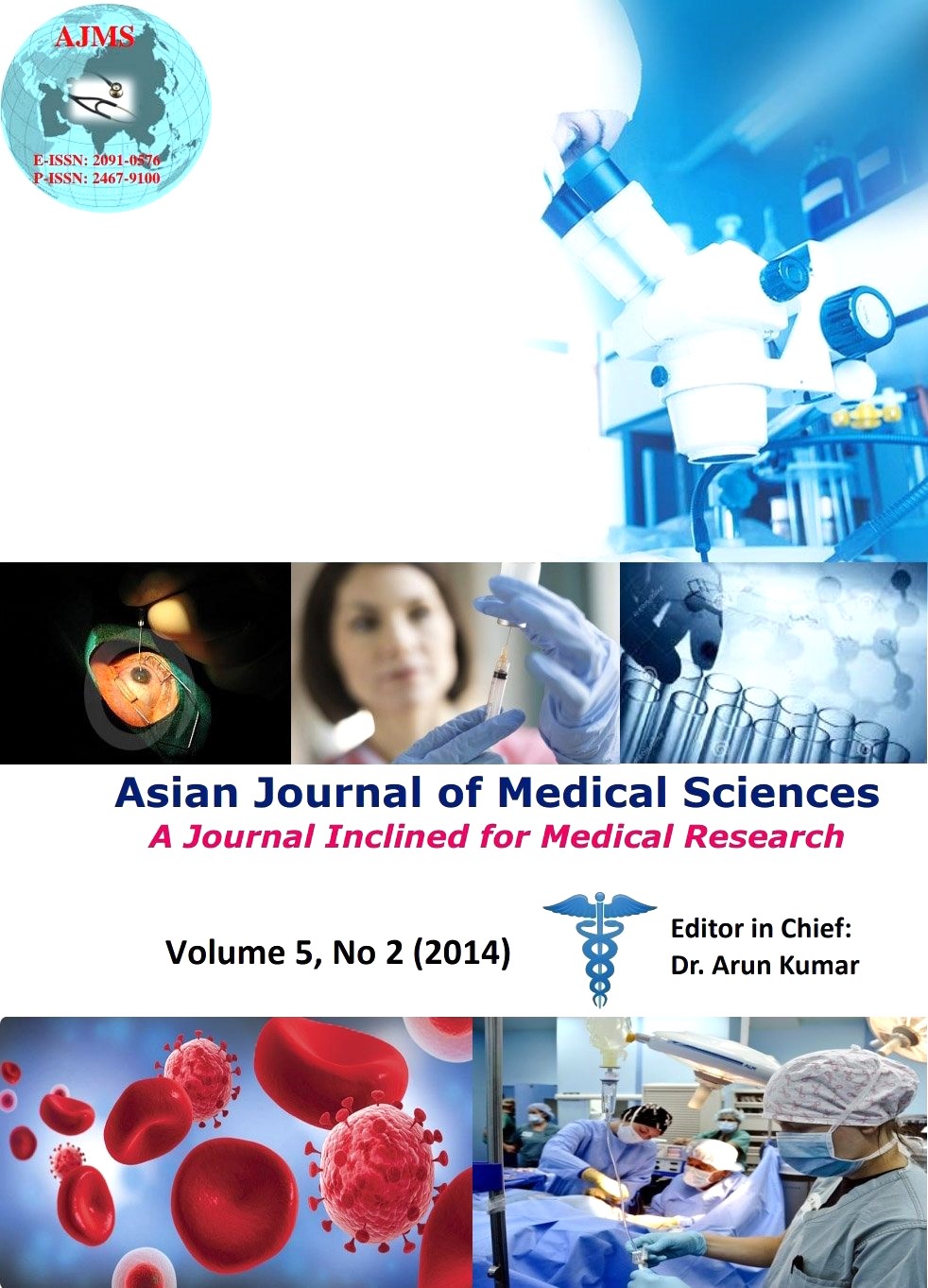Investigating Brunei’s Seafood Markets for Vibrio parahaemolyticus using the Most Probable Number-Polymerase Chain Reaction
Keywords:
Most Probable Number-Polymerase Chain Reaction (MPN-PCR), Seafood, Vibrio parahaemolyticusAbstract
Background: Vibrio parahaemolyticus (V. parahaemolyticus) is the commonest source of seafood poisoning and has a very high incidence in the countries of Asian.
Aims and Objectives: This study aims to investigate the presence of V. parahaemolyticus in seafood from Brunei seafood market using the Most Probable Number- Polymerase Chain Reaction (MPN-PCR).
Results: None of the twnety-three seafood samples that were purchased at random from unselectively chosen wet markets and hypermarkets in Brunei Darussalam yielded V. parahaemolyticus.
Conclusion: This could be due to any or a combination of: the absence or low level of V. parahaemolytius from where the samples were harvested, inactivation of V. parahaemolyticus during the processing and preservation of the samples, possible sampling factors as well as good hygienic practices in Brunei’s seafood market
DOI: http://dx.doi.org/10.3126/ajms.v5i2.8948
Asian Journal of Medical Science, Volume-5(2) 2014: 33-39
Downloads
Downloads
Additional Files
Published
How to Cite
Issue
Section
License
Authors who publish with this journal agree to the following terms:
- The journal holds copyright and publishes the work under a Creative Commons CC-BY-NC license that permits use, distribution and reprduction in any medium, provided the original work is properly cited and is not used for commercial purposes. The journal should be recognised as the original publisher of this work.
- Authors are able to enter into separate, additional contractual arrangements for the non-exclusive distribution of the journal's published version of the work (e.g., post it to an institutional repository or publish it in a book), with an acknowledgement of its initial publication in this journal.
- Authors are permitted and encouraged to post their work online (e.g., in institutional repositories or on their website) prior to and during the submission process, as it can lead to productive exchanges, as well as earlier and greater citation of published work (See The Effect of Open Access).




